3.
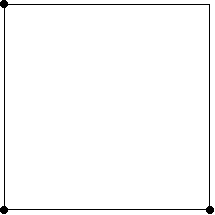

Trivial.
One of an infinite family of solutions.
Symmetric about a diagonal.
3. |
 |
 |
A = 1/2 = .500 Trivial. One of an infinite family of solutions. Symmetric about a diagonal. |
4. |
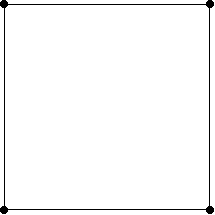 |
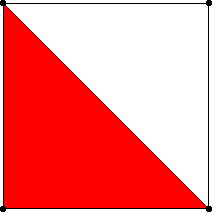 |
A = 1/2 = .500 Trivial. Completely symmetric. |
5. |
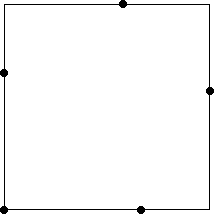 |
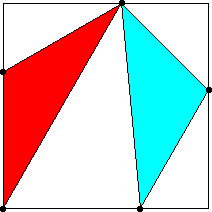 |
A = √3 / 9 = .192+ Proved optimal by A. Dress, L. Yang, J. Z. Zhang, and Z. B. Zeng, 1992. Symmetric about a diagonal. |
6. |
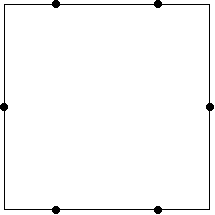 |
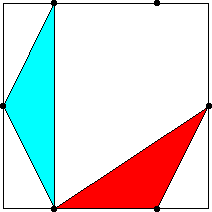 |
A = 1/8 = .125 Proved optimal by A. Dress, L. Yang, J. Z. Zhang, and Z. B. Zeng, 1995. One of an infinite family of solutions. Vertically and horizontally symmetric. |
7. |
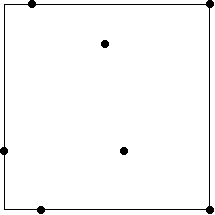 |
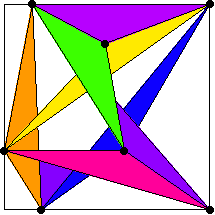 |
A = .0838+ Found by F. Comellas and J. Yebra, December 2001. Proved optimal by Zhenbing Chen and Liangyu Chen, 2008. Not symmetric. |
8. |
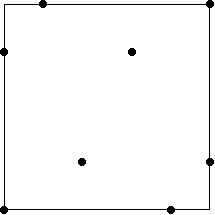 |
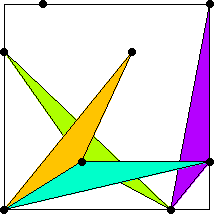 |
A = (√13-1) / 36 = .0723+ Found by F. Comellas and J. Yebra, December 2001. 180o Rotationally symmetric. |
9. |
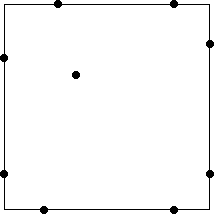 |
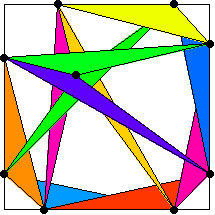 |
A = (9√65-55) / 320 = .0548+ Found by F. Comellas and J. Yebra, December 2001. Symmetric about a diagonal. |
10. |
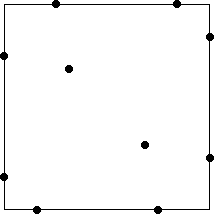 |
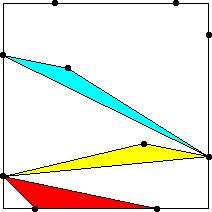 |
A = .0465+ Found by F. Comellas and J. Yebra, December 2001. Symmetric about both diagonals. |
11. |
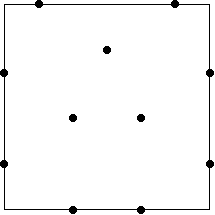 |
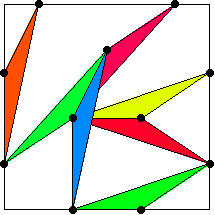 |
A = 1/27 = .0370+ Found by Michael Goldberg, 1972. Horizontally symmetric. |
12. |
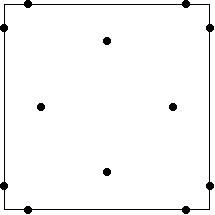 |
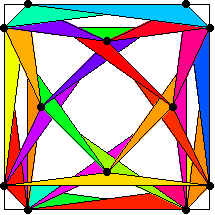 |
A = .0325+ Found by F. Comellas and J. Yebra, December 2001. Completely symmetric. |
13. |
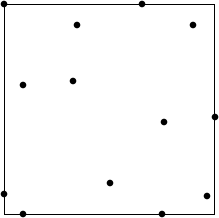 |
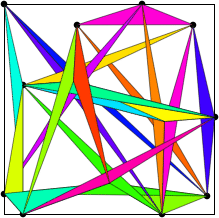 |
A = .0270+ Found by Peter Karpov, August 2011. Not symmetric. |
14. |
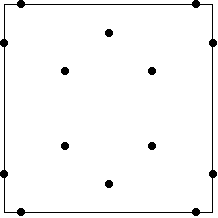 |
 |
A = .0243+ Found by Mark Beyleveld, August 2006. Symmetries of a rectangle. |
15. |
 |
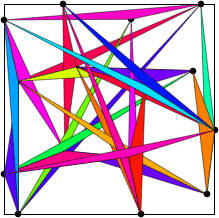 |
A = .0211+ Found by Peter Karpov, August 2011. Not symmetric. |
16. |
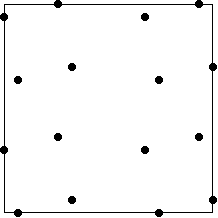 |
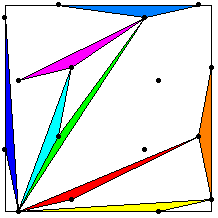 |
A = 7 / 341 = .0205+ Found by Mark Beyleveld, August 2006. 180o Rotationally symmetric. |